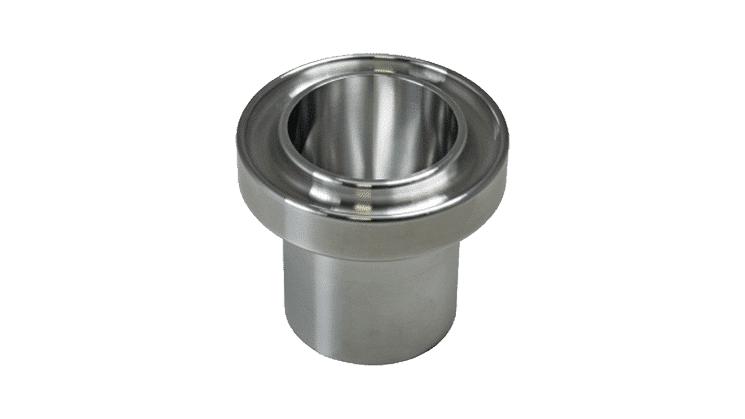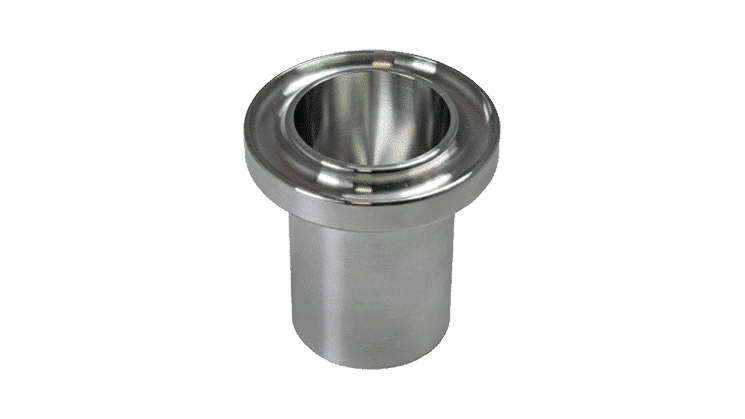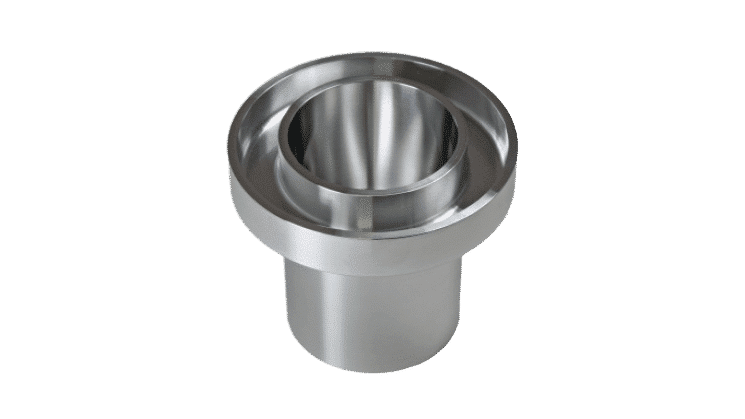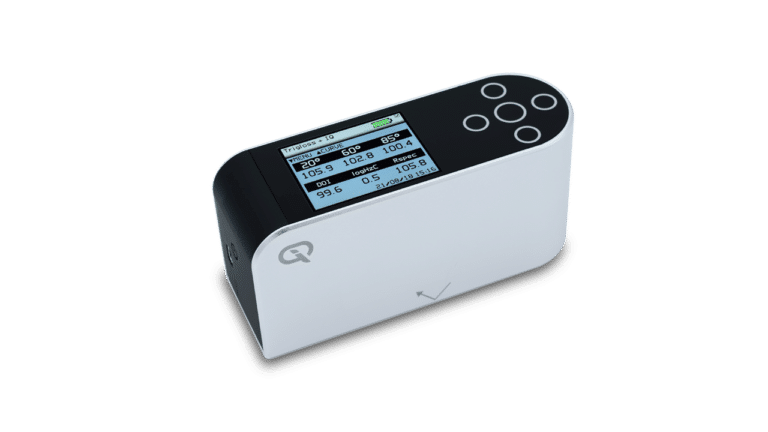Appearance & Measurement Experts since 1986
A products slip resistance is characterised by its coefficients of friction:
Static coefficient of friction = Fs/N
Dynamic coefficient of friction = Fd/N
Where Fs is the maximum static frictional force and Fd is the average dynamic frictional force. N is the Normal force, ie the force of gravity acting on the sample and test sled.
In practical terms, the static slip relates to the force required to get two resting surfaces moving, dynamic slip is the smaller force that is required to keep the surfaces moving once this initial “inertia” is overcome.
These values are expressed as ratios and do not have units, they are usually quoted as a decimal value between 0 and 1, for example, a surface might have a static slip coefficient of 0.35 and a dynamic slip coefficient of 0.18.





